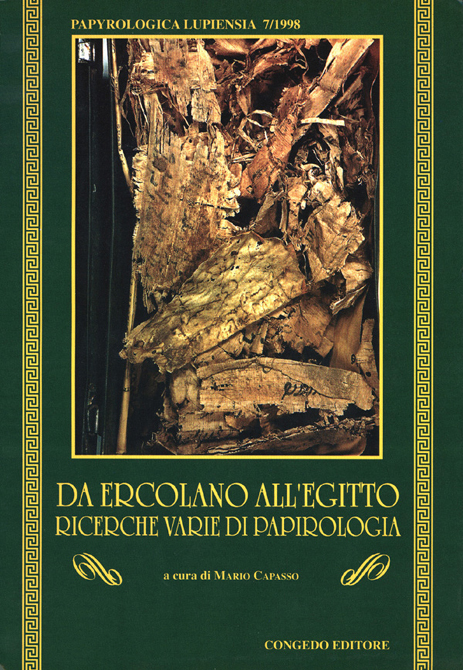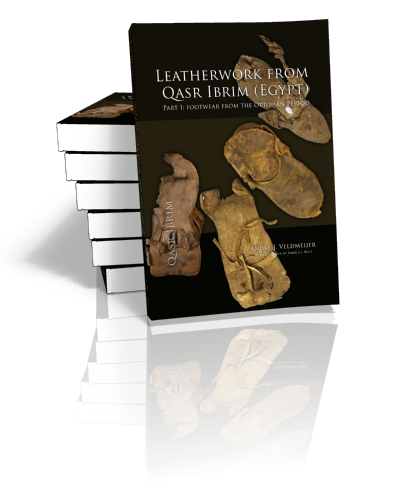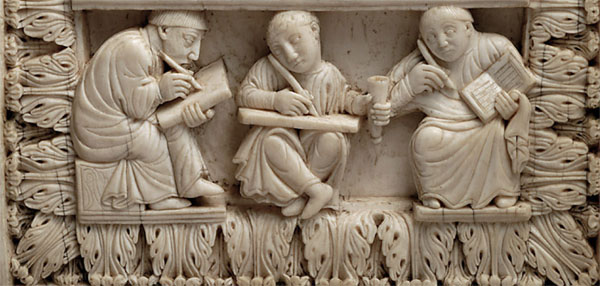![Culture Areas in Western Eurasia 20,000-3250BC]() | Andrew Sherratt
Culture Areas in Western Eurasia 20,000-3250BC (2005)
Prehistoric archaeologists have some weird labels for their material, naming cultural groups after the sites where they were first recognised, or after their most characteristic artefacts. These make a whole lot more sense when plotted on maps, period by period, so that patterns of cultural similarity, and connection become apparent. Do 'cultures' exist? I don't know, but if archaeologists use them in their everyday work, it makes sense to know where they are, or are thought to be. |
![East-West Contacts in Eurasia]() | Andrew Sherratt
East-West Contacts in Eurasia (2005)
Connections between the eastern and western ends of Eurasia began in the Bronze Age: China and the West co-evolved. A global viewpoint shows how this happened, first across the forests of Siberia, then by the steppes and oases of the Silk Road, then increasingly by sea, via the Indian Ocean. This is a human story of cultural encounter, exchange and creativity – and, ultimately, geo-economics. |
![The Origins of Farming in South-West Asia]() | Andrew Sherratt
The Origins of Farming in South-West Asia (2005)
Satellite images provide a convenient means of understanding why early sites were chosen for settlement, and of visualising the routes that linked them. These two factors (location amongst critical resources, and position in wider networks) interacted with each other: oases were occupied both because of their local advantages, and also because they acted as stepping-stones on routes carrying desirable materials over long distances. This presentation applies these arguments to a critical problem in prehistoric archaeology: where precisely did farming first emerge in western Asia? |
![Contagious Processes]() | Andrew Sherratt
Contagious Processes (2005)
Archaeologists have long recognised (though in practice tend to forget) the degree to which developments in one part of the world were affected by things happening elsewhere. These animated maps of the spread of farming and of urbanism are intended to show a fundamental aspect of long-term human history: the underlying patterns of concentric expansion which have characterised cultural change in the Holocene. |
![Portages]() | Andrew Sherratt
Portages (2005)
Early trading networks carried relatively small quantities of valuable goods, often over considerable distances, both by land and water. The relationship between overland transport and carriage by river or sea helps to explain why trading centres rose to prominence at certain key positions on these routes. With very small quantities of goods, light vessels might be carried over short distances between rivers; and even when the bulk of traded goods increased, it might still be advantageous to carry the goods for short distances overland from one port to another. Sites at such break-of-bulk points became major nodes in the transport network. This presentation explores the changing geometry of early trade-routes, and especially the interface between land and sea. |
![The Obsidian Trade in the Near East, 14,000 to 6500 BC]() | Andrew Sherratt
Obsidian Trade in the Near East, 14,000 to 6500 BC (2005)
Obsidian, a black volcanic glass, was first recognized by Colin Renfrew and his colleagues J.E. Dixon and J.R. Cann in the 1960s as a uniquely sensitive indicator of prehistoric trade, both because of the great desirability of this material before the use of metals, and also because the trace-elements it contains are usually diagnostic of individual sources. Based on data extracted from M.-C. Cauvin et al., L'obsidienne au Proche et Moyen Orient: du volcan à l'outil (Oxford: BAR Int. Ser. 738), maps indicate the flows of material from two major source-areas. |
![Panoramas]() | Andrew Sherratt and Toby Wilkinson
Panoramas (2005)
Understanding the setting of an archaeological site has two components: an experience of its location, from a human standpoint (standing, sitting, observing), and an appreciation of its position (on a map, an aerial photograph, or a satellite image). The first gives a situated view of the landscape, unlike the abstract, distanced view. Panoramas thus offer a natural complement to the vertical or near-vertical views which predominate on these web-pages. |
![Virtual Survey: a semi-automated tellspotting algorithm]() | Björn Menze
Virtual Survey: a semi-automated tellspotting algorithm (2005)
Following the observation that prehistoric and early historic settlement-mounds (tell settlements) in parts of the Near and Middle East can be recognized in the SRTM 90m terrain model (Sherratt, Antiquity 2004) an algorithm has been developed to do this automatically, using current techniques of computer modeling. |
![Exploring Routes and Plains in Southwest Iran]() | Cameron Petrie
Exploring Routes and Plains in Southwest Iran (2005)
Satellite imaging has given a new dimension to fieldwork in the varied terrain of Southwestern Iran, where the Zagros mountains separate the Mesopotamian lowlands from highland Iran, and whose successive ridges enclose fertile intermontane valleys. These fertile enclaves were often settled as early as the Neolithic, and have a continuous history of occupation down to the present day. They gained a historical importance as stepping stones on routes through the mountains (both for transhumance and trade), and as nodal points in the formation of political units. |






















































